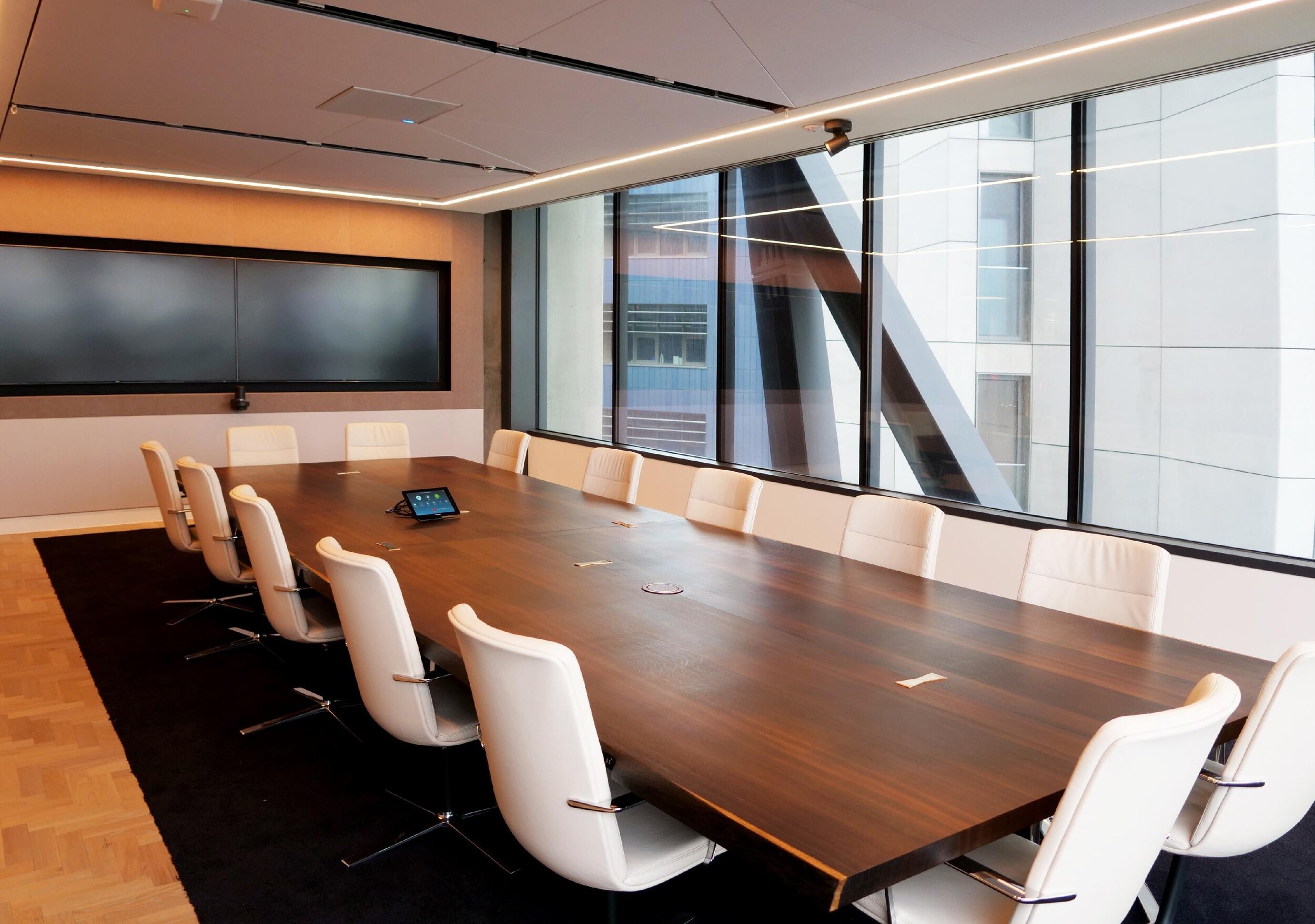How The Global Pandemic Has Changed The Way Workplaces Use Technology
Marketing Department - TwistedPair Ltd
Photo credit : TwistedPair Ltd
The Technology Trends
Since the global pandemic, the way in which workplaces use technology has accelerated. With many businesses having been forced into working from home, professions have transitioned to being virtual, with pets being the new working from home companions. The workplace tea-making catch ups have paused and many businesses have digitally transformed without a reduction in productivity due to the technology that has been adopted.
Whilst workplaces adapt to mobile and hybrid working environments, the use of collaboration tools have been essential for effective business communication as workplaces reduce their physical spaces. A particularly apparent and accelerated trend is the use of video conferencing platforms such as Zoom or Microsoft Teams that have been used to replace the traditional boardroom meetings. Project management software such as Wrike, Monday or Slack have brought disparate teams together delivering a slick task management platform to track milestones and resource allocation.
During 2020, businesses were offered the opportunity to pause and reflect on how their office space was being used and how effective their digital strategy was to support the goals of the workforce. The way in which businesses depend on physical spaces has changed and has led to an increase in hybrid working due to the benefits of a flexible and positive work life balance. Developing from the ‘Gig’ economy, the use of shared spaces like coffee shops and pay-as-you-go office desks has increased. Furthermore, there has been a trend in activity based working in which businesses use individual physical workspaces for various tasks. By using a physical space as and when it is needed, employees maximise their productivity and mental well-being due to the flexibility that is offered.
Photo credit : TwistedPair Ltd
How Will Technology Be Used in Future Workplaces?
In view of the fact that Covid-19 has created a dynamic shift in the workplace, many of these trends are here to stay. In the new era of work, where hybrid and activity based working is increasing, workplace management software and hotdesking tools will be essential to keep companies informed on the utilisation of their office spaces. The non-invasive workplace solutions collect real-time analytics through the cloud to allow for smarter decision making in the workplace.
The need for human interaction in the workplace is essential as virtual meetings replace the traditional office interactions. To help employees stay better connected, the need for modern collaborative software and virtual meeting platforms is a necessity. With audio visual equipment, the possibilities of connection are endless and can offer the advantage of saving time and money from commutes. High performance video conferencing solutions can be managed from central monitoring dashboards to make sure that business communications are optimised and secure. Moreover, to ensure that employee satisfaction is still achieved through the delegation of work and comprehensible goals in a virtual environment, the need for collaboration software throughout the organisation is key.
As companies adopt a digital workplace strategy, there will be higher expectations around companies' sound reinforcement systems. A combination of microphones, loud speakers and amplifiers will be needed to create precise and evenly distributed sound to improve the user experience. Sound reinforcement systems work with professional cloud based products like Zoom to make sure that businesses can communicate without the interference of crackly sound.
In the future, many events or all-hands meetings will continue to be remote in which a large number of participants will be trying to communicate digitally. Although this doesn’t come without challenges, if organisations have the correct, seamless and high quality technology, the remote meetings may communicate the messaging more clearly in comparison to the noisy in-person monthly meetings. To increase engagement from digital fatigue, the event spaces or all-hand meetings should be live, have a simple agenda and pre-tested settings such as screen sharing and security tests. The advantage of using remote video conferencing software is that the meetings or events can be recorded, providing the flexibility that employees are now looking for in their working life.
As a result of the global pandemic, the way that workplaces use technology has changed significantly as organisations have had to adapt to a digital workforce and the challenges that come with this. The trends of the pandemic have demonstrated how affordable and reliable workplace solutions should be at the heart of every company to create a consistent user and brand experience as well as technical cohesion. In future workplaces, technology will be essential to maintain longevity in a hybrid workforce and to create environments that enhance the user experience.
About TwistedPair
At TwistedPair, we inspire businesses to connect their people and workplace with technology. As a leading technology partner to growing brands, our individual services overlay and enrich each other. We offer the tools to make workplaces smarter and better connected for our clients while delivering consistent user experiences for Audio Visual, Data Cabling, Network, Active IT, Voice and WiFi solutions.
Contact us today at sales@twistedpair.co.uk or visit our website: www.twistedpair.co.uk


